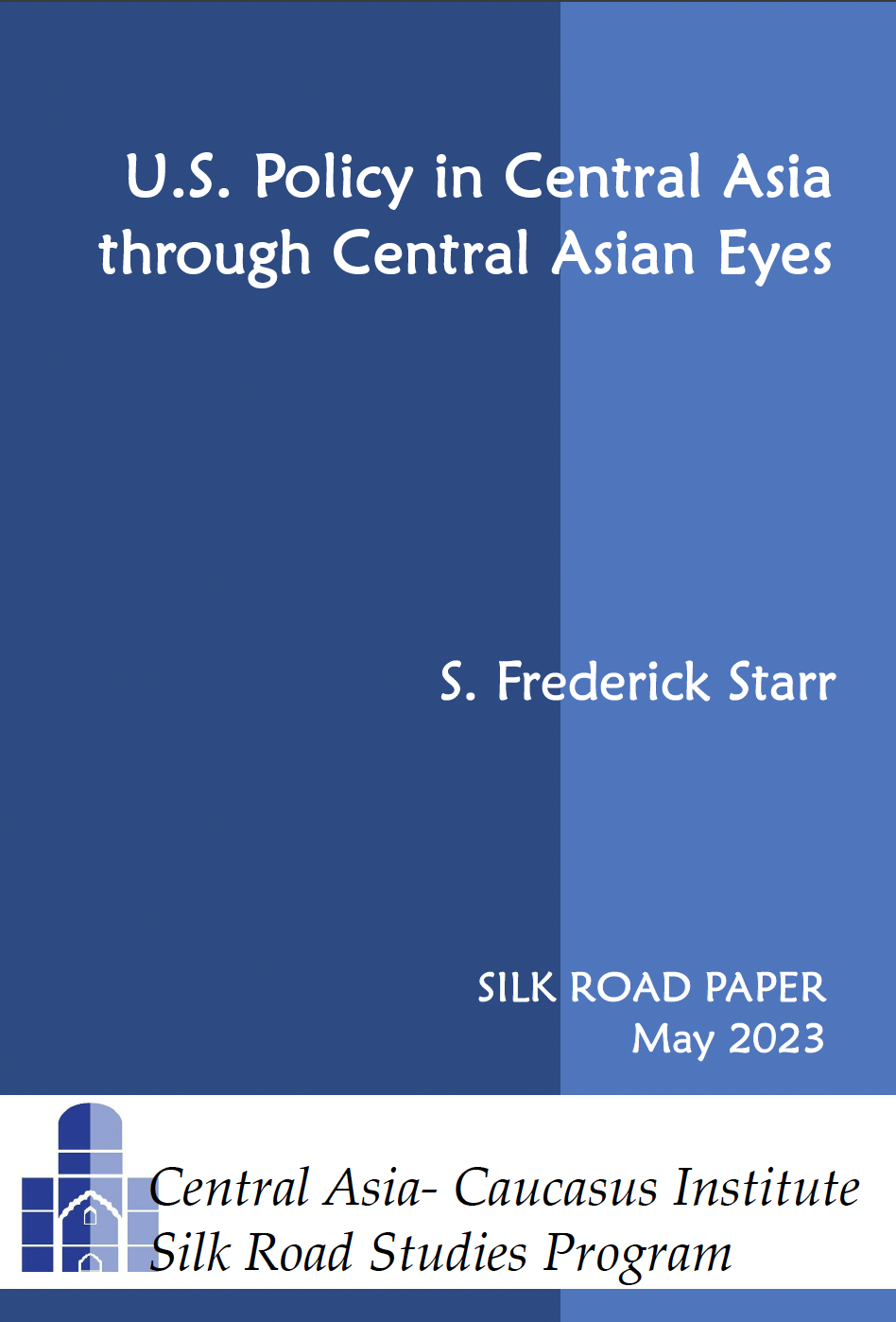Monday, 19 April 2004
EBRD TO INCREASE INVESTMENT IN SEVEN POOREST CIS COUNTRIES
By empty (4/19/2004 issue of the CACI Analyst)
The European Bank for Reconstruction and Development (EBRD) announces plans to increase investments in Armenia, Azerbaijan, Georgia, Kyrgyzstan, Moldova, Tajikistan and Uzbekistan to help them fight poverty. In order to help the seven poorest CIS nations, the EBRD is ready to take great risk and increase investments and donor financing. “The Bank is ready to take on the risk as we seek to invest more in countries at the earlier stages of transition,” EBRD President Jean Lemierre said at the Board of Governors Annual Meeting in London on April 18-19.
The European Bank for Reconstruction and Development (EBRD) announces plans to increase investments in Armenia, Azerbaijan, Georgia, Kyrgyzstan, Moldova, Tajikistan and Uzbekistan to help them fight poverty. In order to help the seven poorest CIS nations, the EBRD is ready to take great risk and increase investments and donor financing. “The Bank is ready to take on the risk as we seek to invest more in countries at the earlier stages of transition,” EBRD President Jean Lemierre said at the Board of Governors Annual Meeting in London on April 18-19. In his words, more tan 50 percent of people in Armenia, Azerbaijan, Georgia, Kyrgyzstan, Moldova, Tajikistan and Uzbekistan live in poverty. The economy of these countries is less consistent with market standards than the economy of other countries. A large state debt complicates foreign borrowing for economic development and social needs. Other obstacles to borrowing are underdeveloped markets, the closed borders, lack of banking and other services, insufficient infrastructures in these countries. The EBRD will invest in the private banking sector to enable it to small and medium-size business in these countries, as well as the housing and communal sector, energy sector and transport. “We will finance the kind of projects that we have found work best in these circumstances: small businesses, microfinance, investment to facilitate cross-border trade, small-scale infrastructure,” Lemierre said. He said the EBRD might invest from 500,000 to two million euros in these projects. In addition, Lemierre asked the donor nations to increase their grants to the EBRD for use in other countries. He said additional grants would allow the bank to invest up to 150 million euros in each of these countries annually (currently it invests 90 million euros). “We cannot do this on our own,” Lemierre continued. “In order to strengthen the initiative, the Bank has invited donor countries to contribute to provide technical cooperation, and to help prepare and co-finance projects. But the EBRD takes the full burden of added risk on its own books.” (ITAR-TASS)




 Silk Road Paper S. Frederick Starr,
Silk Road Paper S. Frederick Starr,  Book Svante E. Cornell, ed., "
Book Svante E. Cornell, ed., "